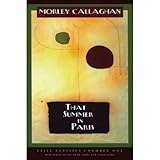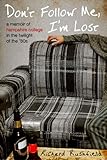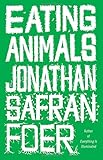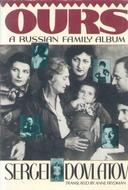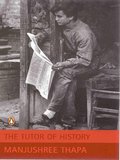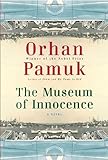
Proust’s Arabesk: The Museum of Innocence by Orhan Pamuk
For all that Orhan Pamuk the citizen has been embroiled in legal struggles with the Turkish state, he strikes me in one sense as an elemental patriot. To chronicle something obsessively is a form of love, and Pamuk documents the details of his Istanbul obsessively.
